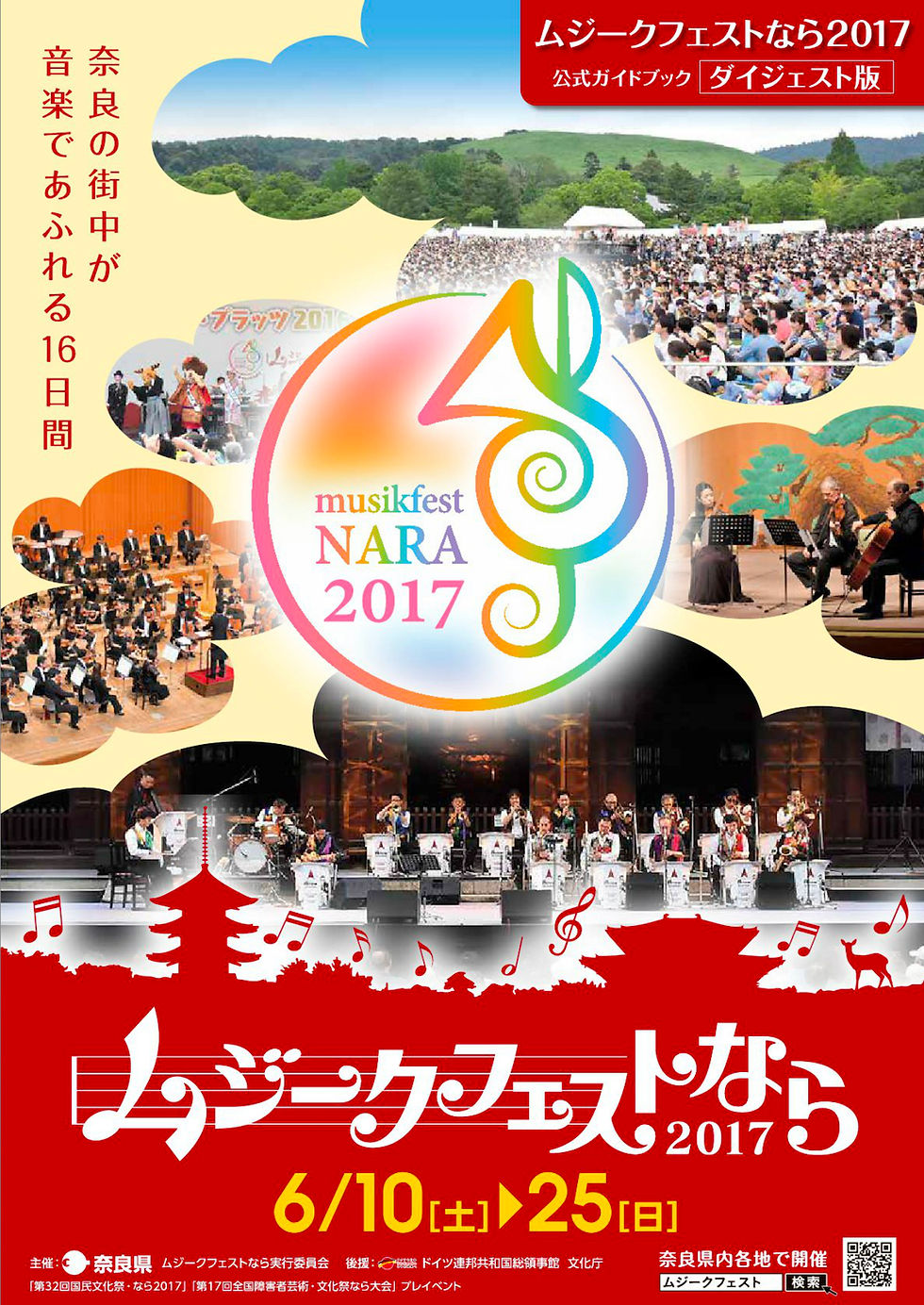Saidaiji Temple
- Lee Walton

- Aug 2, 2016
- 3 min read
Todaiji, The Great Eastern Temple, is famous for its enormous Buddha statue and the hall that houses it, but did you know that Todaiji has a brother temple that once rivaled it in size and importance? The passing of time has not been kind to Saidaiji, The Great Western Temple, but great stories and experiences still abound within its grounds.

Saidaiji Temple, along with Daianji, Gangoji, Kofukuji, Horyuji, Todaiji and Yakushiji, is one of Nara’s 7 Great Temple’s. It was established in 765 as both a counterpart to Todaiji Temple and as a symbol of the Shotoku Emperor’s prayer for the peace and prosperity of the nation. At its peak Saidaiji is said to have encompassed over 100 buildings, including 4 grand halls and two 5-story pagodas, across a 48 acre complex. The 794 transfer of the capital from Nara to Heiankyo in Kyoto brought about a decline in Saidaiji’s importance and a number of buildings were lost in fires and typhoons throughout the Heian period (794-1185).
In 1238 the administration of Saidaiji was taken over by the founder of Buddhism’s Shingon Risshu sect, a monk named Eison. From then until his death in 1290, Eison oversaw a cleansing and restructuring of the Buddhist precepts and ways of worship practiced at Saidaiji as well as the construction and reconstruction of several buildings and sculptures. The statue of the Shakyamuni Buddha in the Aizendo Hall was erected by Eison in 1249. Another fire in 1502 destroyed nearly the entirety of the Saidaiji complex resulting in a slow and smaller scale rebuild of the temple. The most significant structures standing today, The main hall (an 1808 reconstruction of a 1798 structure), the Aizendo Hall (1674) and Shiodo Hall (1762) all date from the Edo period (1603-1868). The stone foundations of one of the pagodas can also be explored.
No fire or natural disaster could ever destroy the devotion and strict practices observed by Saidaiji’s monks. Their practice of abstaining from drinking alcohol, and serving and drinking tea at special events and banquets instead, lives on today. A fun and extreme form of that practice can be experienced by anyone as part of the unique “Ohchamori” Tea Ceremony. Held since the Kamakura period (1185-1333) the Ohchamori Tea Ceremony sees guests drinking matcha green tea from a tea bowl so large (over 30cm in diameter and 7kg in weight) that one needs the help of their neighbors to drink the tea! The Ohchamori is only held on the 15th of January, the second Sunday of April and the second Sunday of October and is put on for groups of 30 people or more. A toast to tea time at Saidaiji!
Works Consulted: Watt, Paul B. (March 8, 1999). "Chapter 7: Eison and the Shingon Vinaya Sect". In Tanabe, George. Religions of Japan in Practice. Princeton University Press. ISBN 0-691-05789-3. https://en.wikipedia.org/wiki/Saidai-ji http://www.japanvisitor.com/japan-temples-shrines/saidaiji http://www.jnto.go.jp/eng/spot/shritemp/saidaijitemple.html http://www.japantimes.co.jp/community/2014/04/11/events/tea-ceremony-at-naras-saidaiji-temple/#.V5mm7GXwxsM http://narashikanko.or.jp/en/event/event_data/ivnt57/index.html http://narashikanko.or.jp/en/event/index.html http://saidaiji.or.jp/history/index.html (Japanese) https://ja.wikipedia.org/wiki/西大寺_(奈良市) (Japanese) http://saidaiji.or.jp/event/p1.html (Japanese) 奈良時代の寺院には山号はなく、この山号は後になってつけられたものである。 『週刊朝日百科 日本の国宝59』p.5-258の図版解説に、邪鬼は4体とも初のものとある。 「金子、1987」、p.17 「歴史」の項は「金子、1987」、pp.10 - 49による。 平成13年6月22日文部科学省告示第109号 平成27年9月4日文部科学省告示第137号 詳名は「金剛仏子叡尊感身学正記」。ここでは重要文化財指定名称による 『図説日本の史跡 5 古代2』、同朋舎出版、1991、pp.192 - 193






















Comments